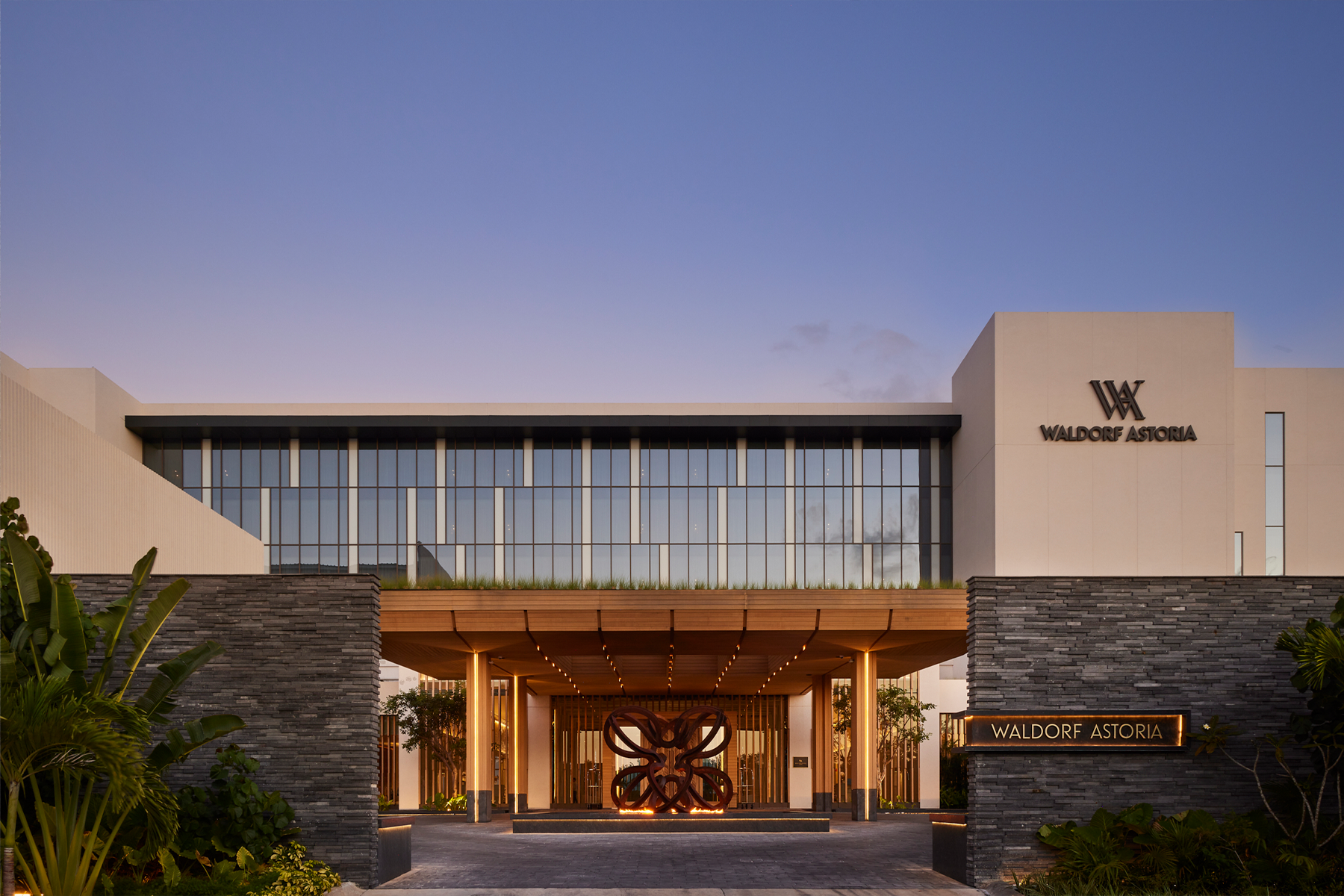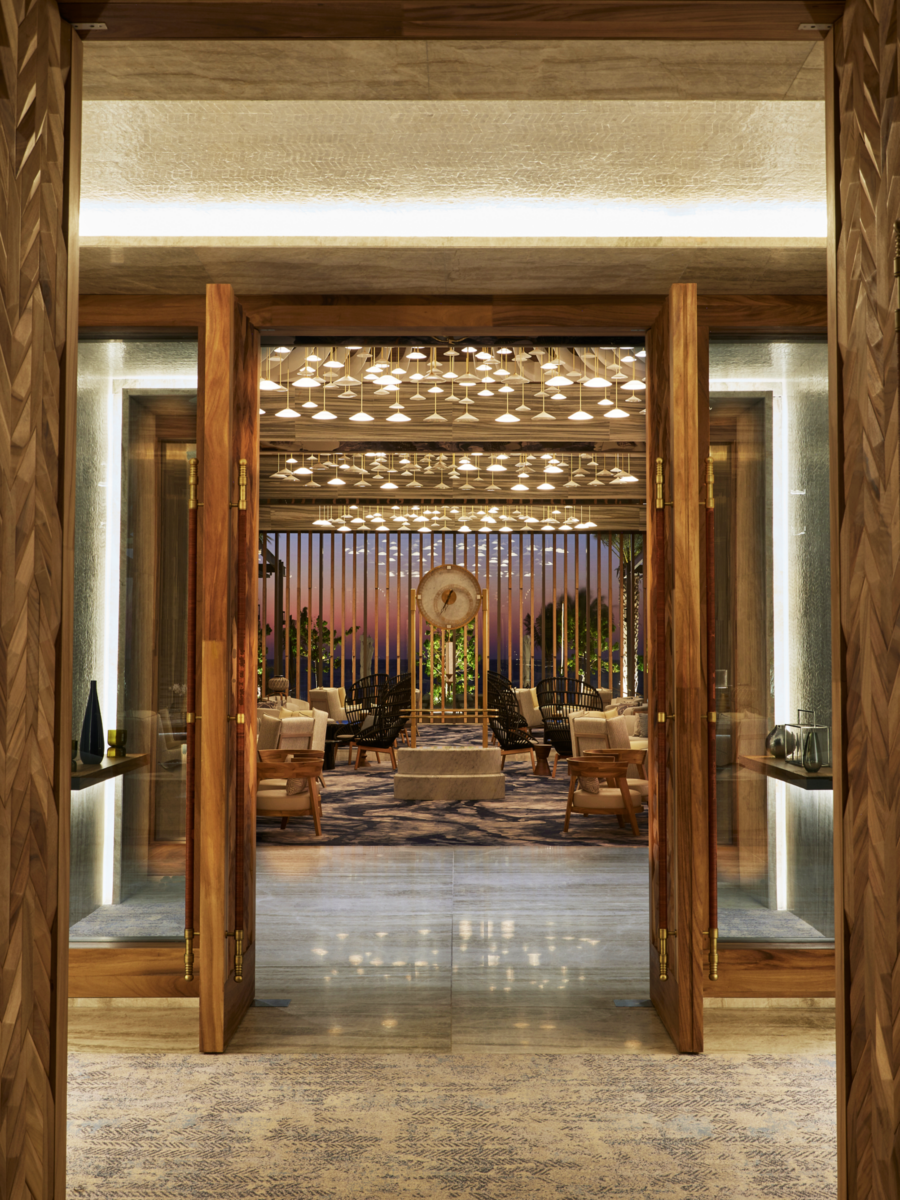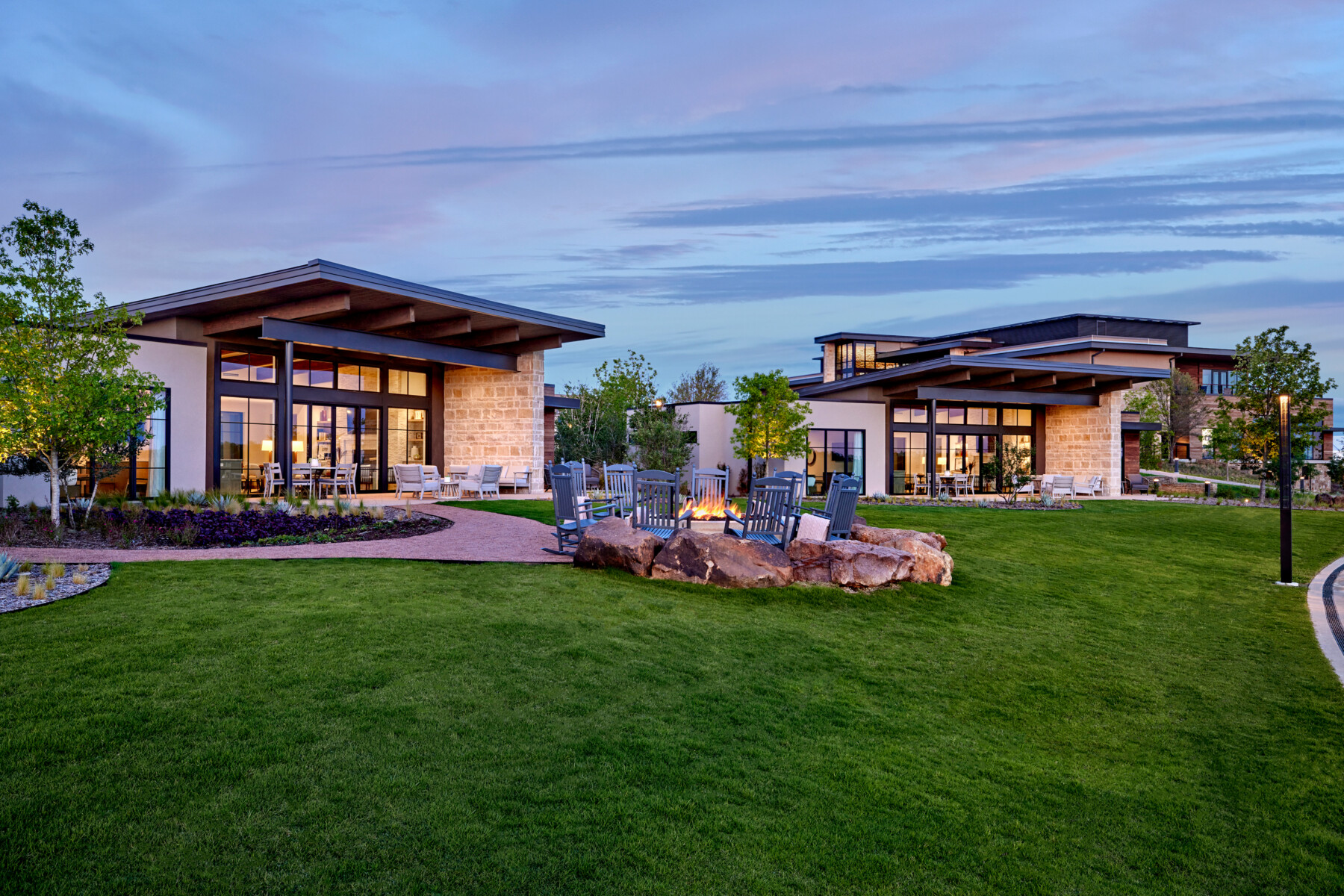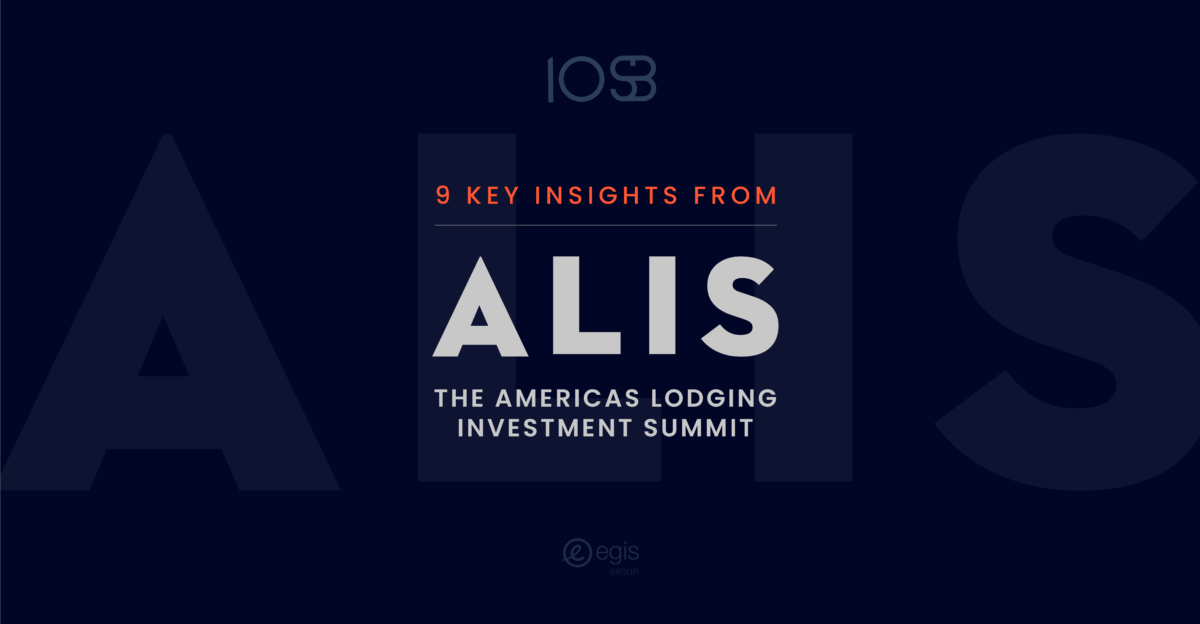9 Key Insights from The Americas Lodging Investment Summit (ALIS)
The ALIS conference painted an exciting picture, with an air of optimism permeating the event. The improving lending environment projected for the latter half of 2023 serving as a catalyst for positive attitudes, as owners and developers eagerly anticipate a wave of new development and transaction prospects in 2024.
Hotels have emerged as a highly coveted asset class, showcasing strong performance across various markets, while other sectors like office and multi-family grapple with persistent challenges. This shift has placed hotels firmly in the spotlight, enticing investors and lenders alike to explore the myriad opportunities that await in 2024.
Krystal Solorzano, Associate Principal of Business Development, shares her key takeaways from the conference:



Lenders Back in Business
One of the most notable developments is the renewed engagement of major hospitality lenders, who are actively seeking out new opportunities. This increased participation has led to a rise in the availability of construction financing for qualifying projects, signaling a promising outlook for hotel transactions in the year ahead.
Brand Success in Development
The world of hotel development is undergoing an exciting evolution, with major chains achieving noteworthy successes. The competition for brand-sponsored financial involvement has placed a spotlight on innovative design approaches, while the growing momentum behind conversion projects reflects the ongoing challenges posed by rising construction costs. This shifting landscape is paving the way for a new era of hotel development, where creativity, flexibility, and financial acumen are paramount.
Improving Transaction Environment
Anticipating positive movements in interest rates in H2 2024 introduces a dynamic shift in the transaction landscape. The launch of favorable hotel inventory/listings at ALIS provides a visual cue for a potentially buoyant market.
The “Great PIP Problem”
The looming “Great PIP Problem” accentuates a unique design challenge. Deferred renovations from the pandemic era become a catalyst for potential transactions, offering opportunities for new conversion brands to redesign and reinvigorate spaces.

Changing Consumer Patterns
As consumers pivot towards extended stays, design considerations evolve. Tailored for longer stays, these new developments underscore the importance of creating efficient, affordable, and adaptable spaces that cater to evolving consumer preferences.
Luxury Space Evolution
In the realm of luxury hotels, a fascinating shift is taking place as guests’ preferences evolve. There is a growing emphasis on spaciousness and opportunities for disconnection, reflecting a desire for more contemplative and rejuvenating experiences. This shift is reflected in the design of luxury resorts, where wellness has become a central focus. Designers are creating elegant and imaginative spaces that foster a holistic guest experience, promoting physical, mental, and emotional well-being in a setting of unparalleled luxury.
Technology and Customer Patterns
The importance of technology in enhancing customer experiences calls for a thoughtful design integration. Balancing meaningful tech investments with a discerning eye on eliminating unnecessary elements becomes pivotal in designing future-forward hospitality spaces.
Successful Public-Private Partnership
The success story of Loews’ Arlington project underscores the transformative potential of public-private partnerships. The collaborative effort not only addresses immediate challenges but creates opportunities for design innovation in a shared space.
Forward-Looking Development
Amidst an overall optimistic outlook, the industry’s focus on supporting evolution aligns with a forward-looking design approach. Evolving consumer trends beckon designers to envision spaces that resonate with the changing dynamics of the hotel investment marketplace.
Featured Project: Waldorf Astoria Cancun, Mexico; Omni PGA Frisco Resort, Texas




